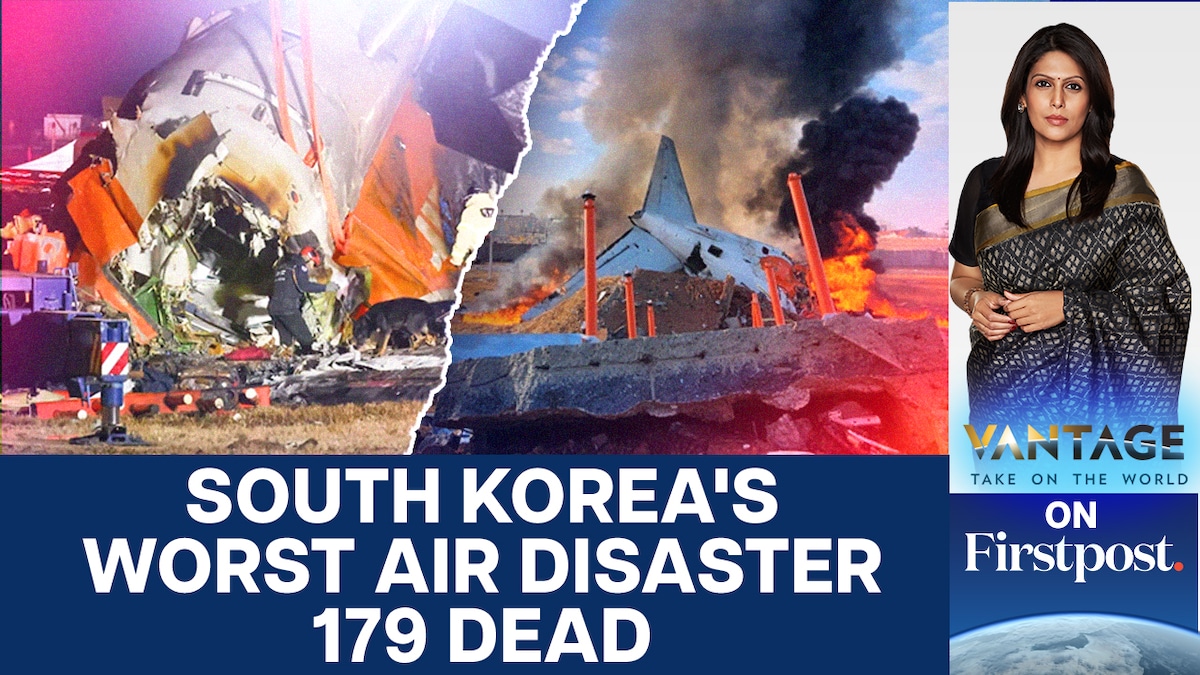South Korean plane crashes, a somber chapter in aviation history, demand a closer look. This exploration delves into the historical context, investigating significant incidents, analyzing their causes, and examining the subsequent impact on the nation’s aviation industry and public perception. We’ll uncover the evolution of safety regulations, technological advancements, and international collaborations that have shaped South Korea’s approach to aviation safety.
From examining the economic and societal repercussions of these tragedies to detailing specific cases and their investigations, we aim to provide a balanced and informative overview. Understanding past incidents is crucial for preventing future catastrophes and improving aviation safety worldwide. This analysis will also compare South Korean practices with international standards and best practices.
A Historical Overview of South Korean Plane Crashes
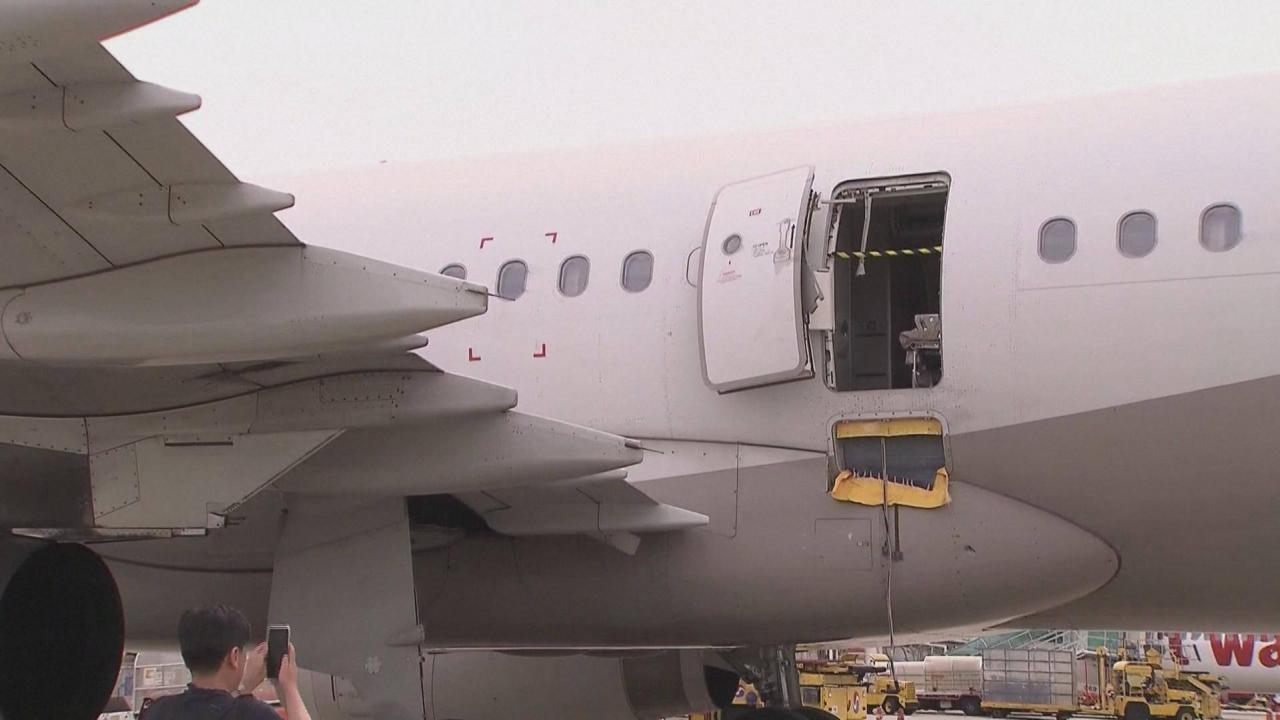
South Korea’s aviation history, like that of many nations, includes a number of tragic plane crashes. Examining these incidents provides valuable insights into the evolution of aviation safety regulations, technological advancements, and international collaborations aimed at preventing future accidents. This section details significant crashes, analyzes their causes, and highlights the resulting impact on the nation’s aviation sector.
Significant South Korean Plane Crashes
Several notable plane crashes have significantly impacted South Korea’s aviation history. The following table summarizes key details of some of these incidents. Note that this is not an exhaustive list, and casualty numbers may vary slightly depending on the source.
| Date | Airline | Location | Casualties |
|---|---|---|---|
| October 26, 1977 | Korean Air Lines Flight 801 | Guam | 228 |
| December 21, 1983 | Korean Air Lines Flight 007 | Sea of Japan | 269 |
| August 31, 1997 | Korean Air Cargo Flight 6316 | South Korea | 4 |
| April 15, 2014 | Asiana Airlines Flight 214 | San Francisco | 3 |
Timeline of South Korean Plane Crashes
A visual timeline illustrating the frequency of crashes over the decades would show a general downward trend, reflecting improvements in safety regulations and technology. While the early years show a higher frequency of accidents, the latter decades demonstrate a decrease, although isolated incidents continue to highlight the ongoing need for vigilance.
Changes in Aviation Safety Regulations
Following significant crashes, South Korea has implemented substantial changes to its aviation safety regulations. These changes have often included stricter pilot training requirements, enhanced maintenance protocols, and improved air traffic control systems. For example, the aftermath of KAL 007 led to significant international pressure for improved air navigation systems and clearer communication protocols.
Thinking about air safety? South Korean plane crashes, sadly, are a part of aviation history. For more details on a specific incident, check out this resource on a significant south korea plane crash which highlights the importance of thorough investigation and improved safety measures. Understanding these events helps prevent future South Korean plane crashes.
Causes of South Korean Plane Crashes
Several factors contribute to plane crashes. Analyzing these factors helps to understand the complexities of aviation safety and the need for multifaceted approaches to prevention.
So, you’re looking into the details of that South Korean plane crash? Understanding the aftermath often involves detailed investigation, and that’s where technology like the amazing ae86 pro max drone could play a role in surveying the crash site. These drones offer high-resolution imagery, aiding investigators in piecing together what happened. The information gathered from such a drone could be crucial in the South Korean plane crash investigation’s final report.
Common Causes of Plane Crashes
- Pilot error (including poor decision-making, spatial disorientation, and inadequate training)
- Mechanical failure (including engine malfunction, structural issues, and faulty equipment)
- Adverse weather conditions (including fog, snow, and strong winds)
- Air traffic control issues (including communication breakdowns and inadequate coordination)
- Maintenance failures
Comparison with Other Countries
A comparison with other countries reveals that the causes of plane crashes in South Korea are largely consistent with global trends. Pilot error, mechanical issues, and weather remain significant factors worldwide. However, specific contributing factors might vary depending on the unique operational challenges faced by different countries’ aviation sectors.
South Korean plane crashes, sadly, aren’t uncommon. Understanding these incidents requires looking at various factors, including weather and maintenance. One notable event to consider when studying air safety in the region is the jeju plane crash , which highlighted specific challenges faced by airlines operating in that area. Analyzing this case, alongside others, gives a more complete picture of aviation safety in South Korea.
Role of Air Traffic Control
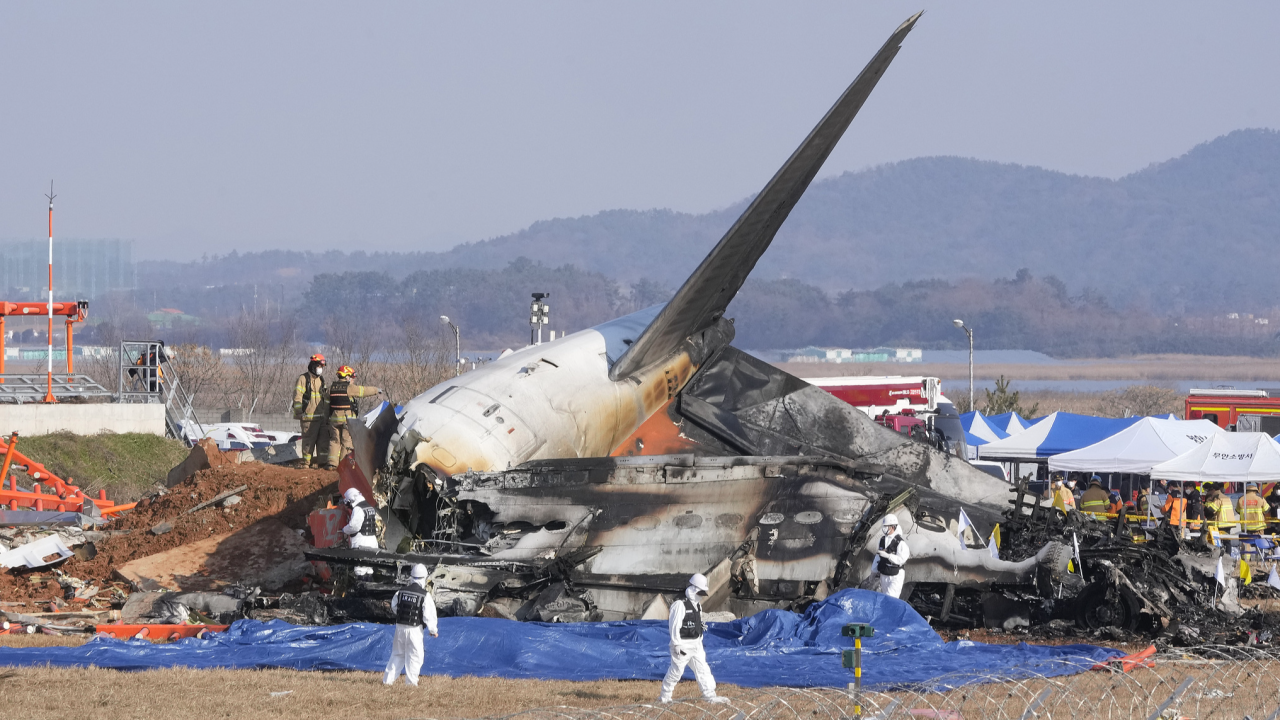
Air traffic control plays a crucial role in both preventing and contributing to accidents. Effective air traffic control ensures the safe separation of aircraft, coordinates takeoffs and landings, and provides timely warnings of potential hazards. Conversely, communication breakdowns, inadequate staffing, or outdated technology can increase the risk of accidents.
Impact of South Korean Plane Crashes
The impact of plane crashes extends far beyond the immediate loss of life. These events have significant economic, societal, and political consequences.
Economic Impact
Major plane crashes can severely impact South Korea’s aviation industry. They can lead to decreased passenger numbers, damage to the reputation of airlines, and increased insurance costs. The economic repercussions ripple through related industries such as tourism and hospitality.
Societal Impact
These tragedies profoundly affect public confidence in air travel. Following major accidents, there is often a period of heightened anxiety and reduced demand for air travel. The societal impact also includes the grief and trauma experienced by families and communities affected by the loss of loved ones.
Government and Aviation Authority Response
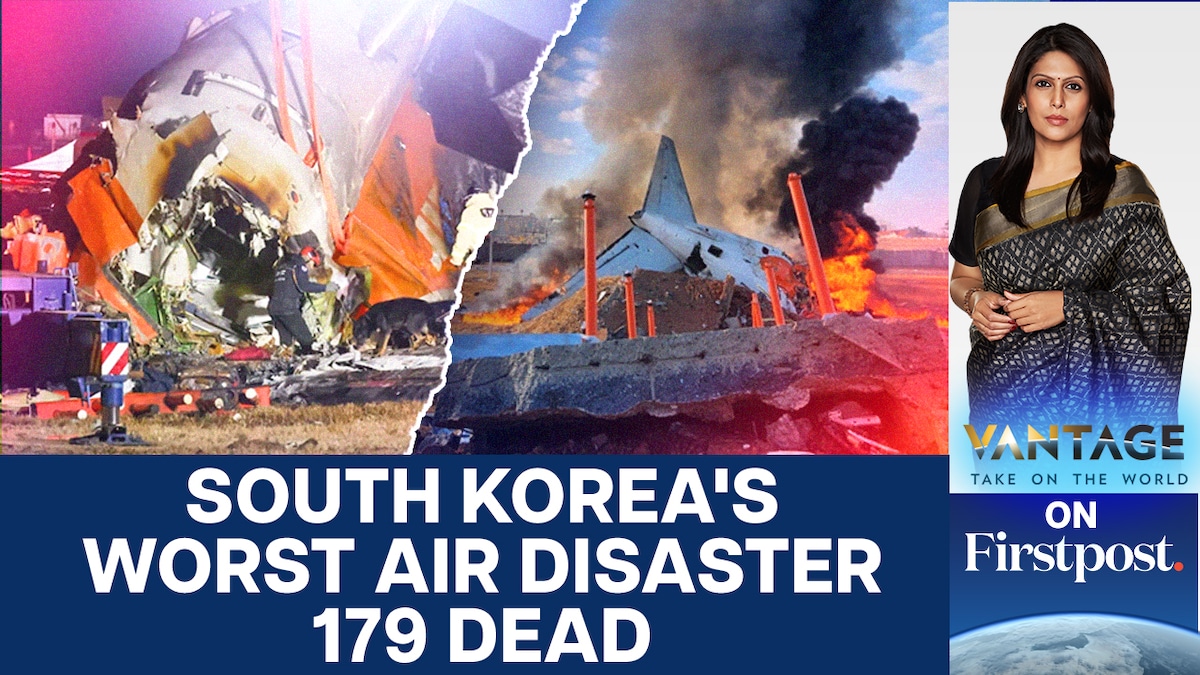
The South Korean government and aviation authorities typically respond to major plane crashes with investigations, safety reviews, and policy changes. These responses aim to identify the causes of the accident, improve safety measures, and restore public confidence in the aviation sector. Often, international collaboration is sought to ensure a thorough and transparent investigation.
Safety Measures and Technological Advancements: South Korean Plane Crash
Significant advancements in aviation safety technology and the implementation of robust safety measures have contributed to a decrease in the frequency of accidents over time.
Safety Measures Implemented
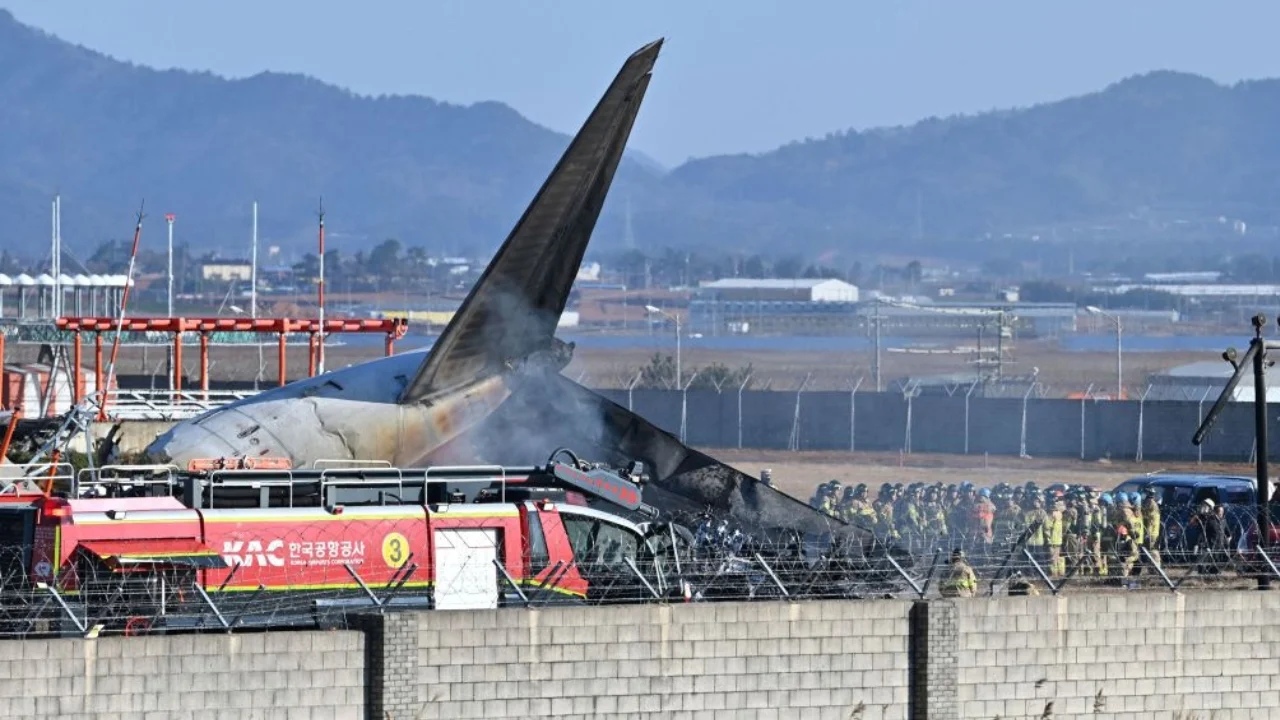
- Enhanced pilot training programs
- Stricter aircraft maintenance regulations
- Improved air traffic control systems
- Advanced weather forecasting and monitoring
- Implementation of flight data recorders and cockpit voice recorders
Role of Technological Advancements
Technological advancements, such as improved navigation systems, collision avoidance technology, and sophisticated weather radar, have significantly enhanced aviation safety. These technologies provide pilots and air traffic controllers with more information and tools to mitigate risks.
Hypothetical Scenario: Terrain Awareness and Warning System (TAWS)
Imagine a scenario where a pilot is attempting a landing in low visibility. A TAWS, by providing real-time terrain data, could alert the pilot to impending ground collision, giving them crucial time to take corrective action, potentially averting a crash.
International Collaboration and Best Practices
International cooperation plays a vital role in enhancing aviation safety globally. Sharing information and best practices among nations improves safety standards worldwide.
Comparison of Safety Standards
South Korea’s aviation safety standards are generally aligned with international best practices, as defined by organizations like the International Civil Aviation Organization (ICAO). However, specific regulations and enforcement may differ across countries based on their unique contexts and infrastructure.
International Collaboration
Following significant crashes, international collaborations are often established to investigate the incident and share findings. This collaborative approach allows for a more comprehensive understanding of the causes of the accident and the development of effective preventative measures.
Influence of International Best Practices
International best practices, such as standardized training protocols and maintenance procedures, significantly influence South Korean aviation safety procedures. The adoption of these practices helps to ensure a consistent level of safety across the global aviation network.
Notable Cases and Investigations
A detailed examination of a specific case provides a deeper understanding of the investigation process and its implications.
The Korean Air Lines Flight 007 Incident
Korean Air Lines Flight 007, shot down in 1983, remains a highly significant event. The investigation revealed the aircraft had strayed significantly off course, entering Soviet airspace. The incident led to heightened international tensions and spurred significant changes in aviation safety, particularly regarding flight tracking and communication protocols.
The official investigation concluded that the aircraft’s deviation from its planned flight path was the primary cause of the incident.
Legal Ramifications and Consequences, South korean plane crash
The legal ramifications of KAL 007 were complex and involved international legal discussions and diplomatic negotiations. The incident highlighted the need for clear international guidelines regarding airspace and the responsibilities of nations in such situations.
Aftermath and Recovery Efforts
The aftermath of the KAL 007 tragedy involved extensive international efforts to recover the remains of the victims and to support their families. The incident’s impact on public opinion and international relations was profound and far-reaching, underscoring the human toll of aviation accidents.
Last Recap
In conclusion, understanding the history of South Korean plane crashes provides invaluable insights into aviation safety. By analyzing past incidents, identifying contributing factors, and examining implemented safety measures, we can appreciate the continuous evolution of aviation safety protocols. The ongoing commitment to international collaboration and technological advancements underscores the dedication to preventing future tragedies and maintaining public confidence in air travel.
The lessons learned from these events contribute significantly to global aviation safety standards.
Common Queries
What is the deadliest South Korean plane crash?
While specific details would require further research, information on the deadliest crash would be found within the historical overview section of a comprehensive report.
How has public opinion in South Korea changed regarding air travel safety after major crashes?
Public trust likely fluctuated after significant crashes, prompting increased scrutiny of safety measures and government responses. Detailed analysis would be needed to fully understand the long-term effects on public confidence.
What role does pilot training play in preventing crashes?
Pilot training standards and ongoing proficiency are critical. A thorough investigation into any crash would examine pilot performance and training adequacy as a potential contributing factor.
